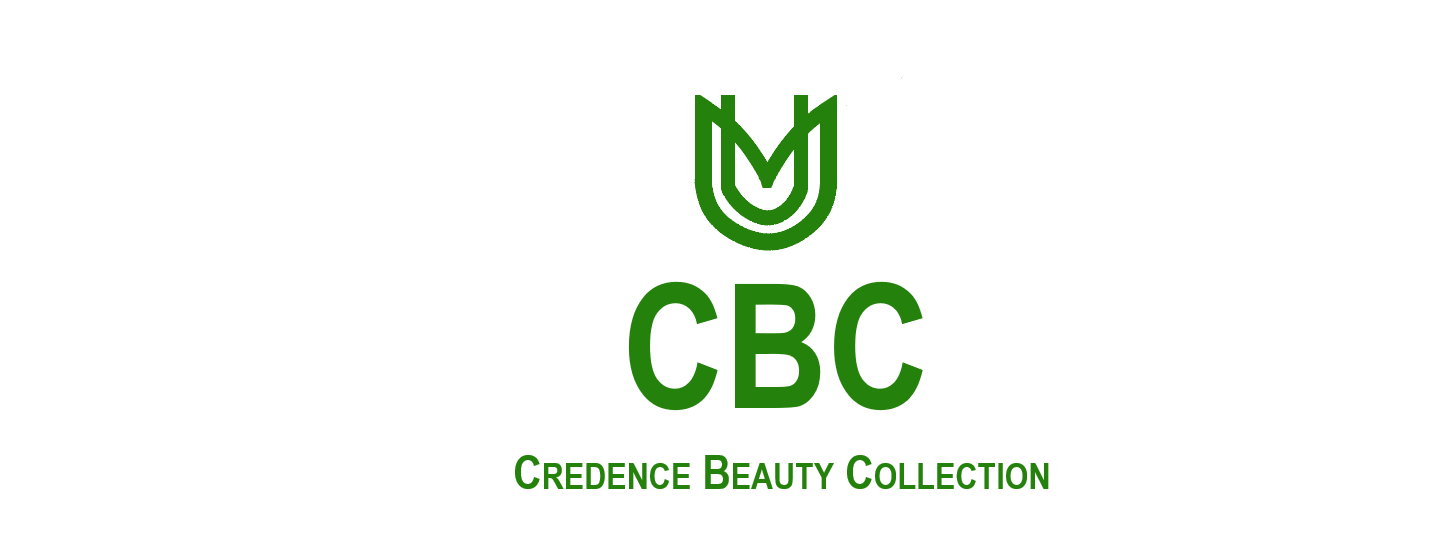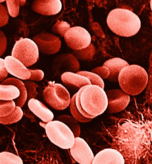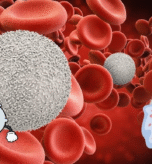Oily hair can be a challenge to manage, but with the right techniques and products, you can keep your locks looking healthy, shiny, and oil-free. In this article, we’ll delve into the world of oily hair, exploring its causes, and providing a comprehensive guide to haircare for oily hair.
Understanding Oily Hair
Oily hair is characterized by an overproduction of sebum, a natural oil produced by the scalp. This excess sebum can weigh your hair down, making it look greasy and lifeless. Oily hair can be caused by a combination of genetic, hormonal, and environmental factors.
Causes of Oily Hair
- Genetics: If your parents have oily hair, you may be more likely to experience it as well.
- Hormonal Imbalance: Hormonal fluctuations, such as those experienced during puberty, menopause, or pregnancy, can lead to an increase in sebum production.
- Diet: Consuming a diet high in processed foods, sugar, and dairy products can lead to inflammation and increase sebum production.
- Stress: High stress levels can cause an increase in cortisol production, which can contribute to oily hair.
- Using the Wrong Haircare Products: Using heavy, oil-based haircare products can exacerbate oily hair.
Haircare Routine for Oily Hair
To keep oily hair under control, it’s essential to establish a consistent haircare routine that incorporates the right products and techniques. Here’s a step-by-step guide to help you get started:
Step 1: Shampooing
- Use a gentle, oil-controlling shampoo: Look for a shampoo that is specifically formulated for oily hair. These shampoos typically contain ingredients such as salicylic acid, tea tree oil, or glycolic acid, which help to control sebum production and reduce oiliness.
- Shampoo your hair 2-3 times a week: Over-shampooing can strip your hair of its natural oils, leading to even more oil production. Shampooing 2-3 times a week can help to maintain a healthy balance of oil and moisture.
- Use warm water: Hot water can strip your hair of its natural oils, while cold water can cause your hair to become greasier. Warm water is the ideal temperature for shampooing oily hair.
Step 2: Conditioning
- Use a lightweight, oil-free conditioner: A lightweight conditioner can help to detangle your hair without weighing it down or adding excess oil.
- Focus on the ends: Apply conditioner primarily to the ends of your hair, where it is driest. Avoid applying conditioner to the roots, as this can exacerbate oiliness.
- Leave the conditioner on for 1-2 minutes: Allowing the conditioner to sit on your hair for a minute or two can help to lock in moisture and reduce frizz.
Step 3: Styling
- Use a lightweight, oil-absorbing styling product: Look for a styling product that contains ingredients such as kaolin clay, charcoal, or silica, which can help to absorb excess oil and add texture to your hair.
- Avoid using heavy styling products: Heavy styling products, such as pomades or hair wax, can weigh your hair down and exacerbate oiliness.
- Use a diffuser: A diffuser can help to distribute heat evenly and reduce frizz, making it an ideal styling tool for oily hair.
Additional Tips for Managing Oily Hair
In addition to following a consistent haircare routine, here are some additional tips that can help to manage oily hair:
- Use a clay-based mask once a week: A clay-based mask can help to absorb excess oil and purify the scalp.
- Try a dry shampoo: Dry shampoo can be a lifesaver for oily hair. Look for a dry shampoo that contains ingredients such as kaolin clay or silica, which can help to absorb excess oil.
- Avoid touching your hair: Touching your hair can transfer oils from your hands to your hair, making it look greasier.
- Keep your hair tied back: Keeping your hair tied back can help to reduce oiliness by minimizing the amount of oil that is transferred from your scalp to your hair.
Product Recommendations for Oily Hair
- Shampoo: Look for a shampoo that contains ingredients such as salicylic acid, tea tree oil, or glycolic acid. Some popular shampoo options for oily hair include:
- Paul Mitchell Tea Tree Special Shampoo
- Neutrogena T/Gel Therapeutic Shampoo
- Bumble and bumble Scalp Detox Charcoal Shampoo
- Conditioner: Use a lightweight, oil-free conditioner that won’t weigh your hair down. Some popular conditioner options for oily hair include:
- Pantene Pro-V Daily Moisture Renewal Conditioner
- TRESemmé Keratin Smooth Conditioner
- Aveda Damage Remedy Daily Hair Repair
- Styling Product: Look for a lightweight, oil-absorbing styling product that contains ingredients such as kaolin clay, charcoal, or silica. Some popular styling product options for oily hair include:
- Oribe Dry Texturizing Spray
- Bumble and bumble Hairdresser’s Invisible Oil
- Moroccanoil Dry Texture Spray
- Dry Shampoo: Try a dry shampoo that contains ingredients such as kaolin clay or silica. Some popular dry shampoo options for oily hair include:
- Batiste Dry Shampoo
- Moroccanoil Dry Shampoo
- Living Proof Dry Shampoo
Conclusion
Managing oily hair requires patience, persistence, and the right haircare routine. By following the tips and techniques outlined in this article, you can help to keep your oily hair under control and achieve a healthy, shiny, and oil-free mane. Remember to be gentle with your hair, avoid using heavy styling products, and try a clay-based mask once a week to absorb excess oil and purify the scalp. With the right haircare routine and products, you can say goodbye to oily hair and hello to a healthier, more manageable mane.



